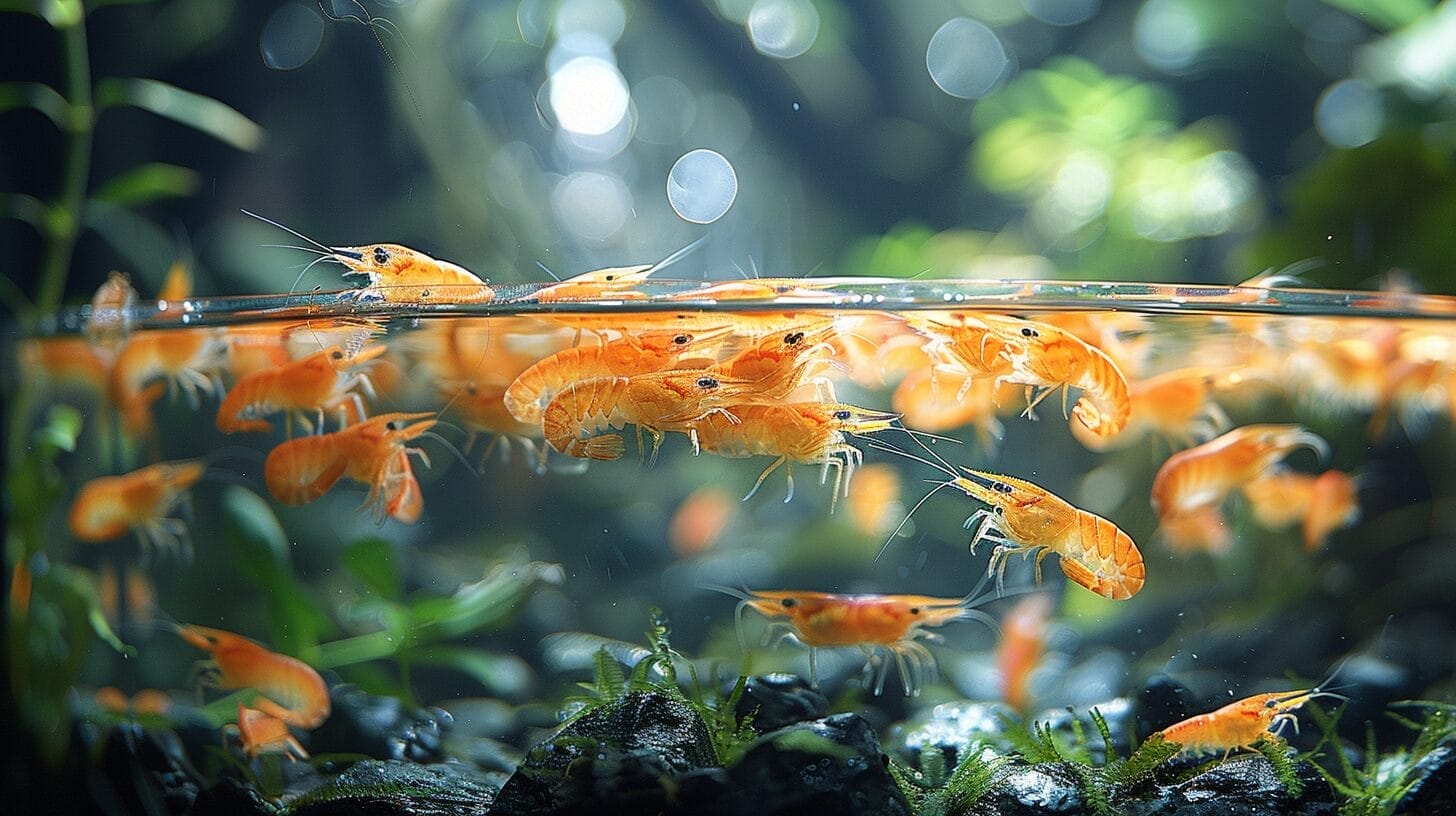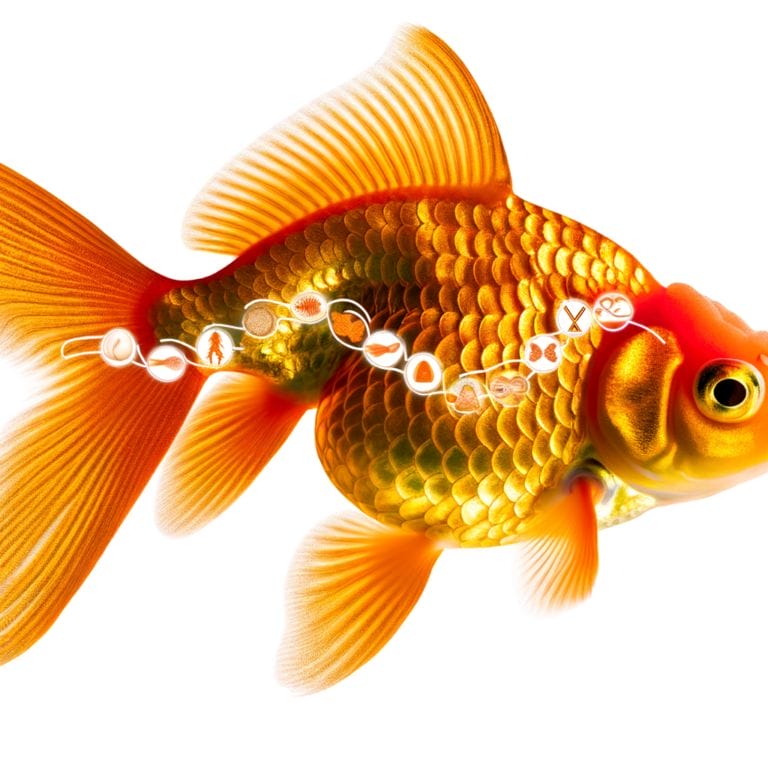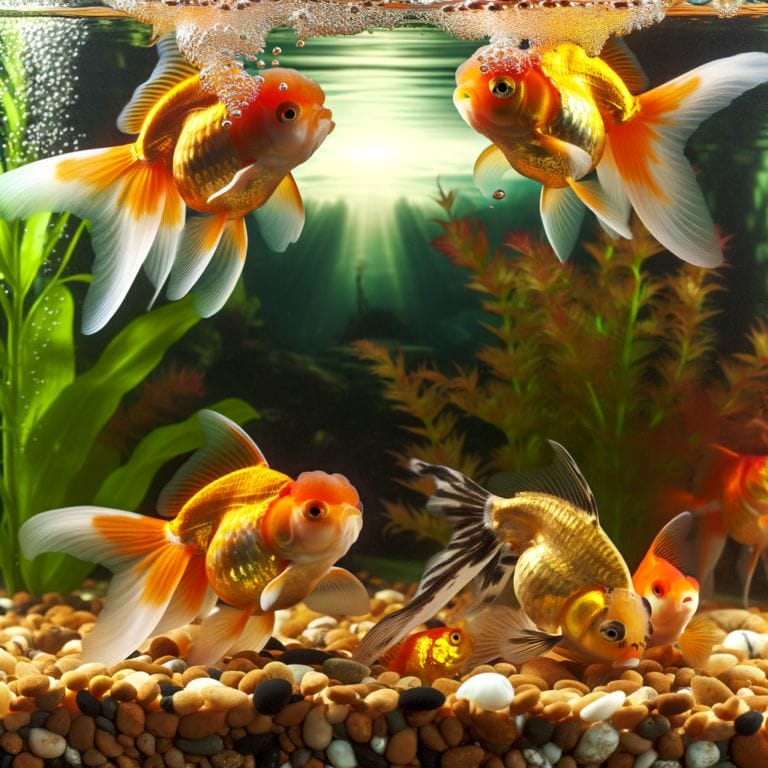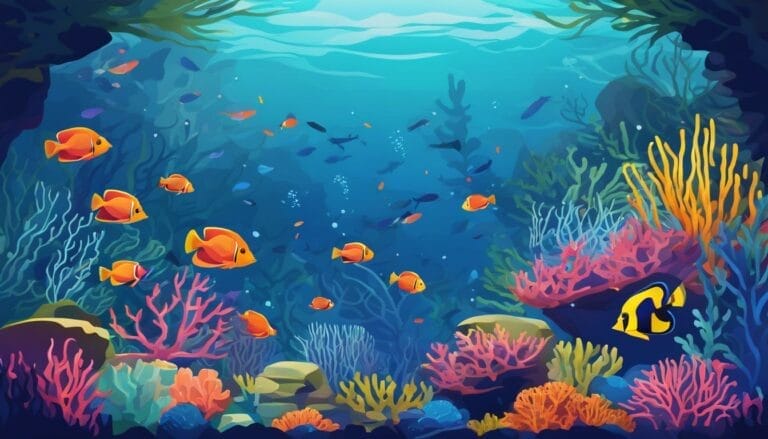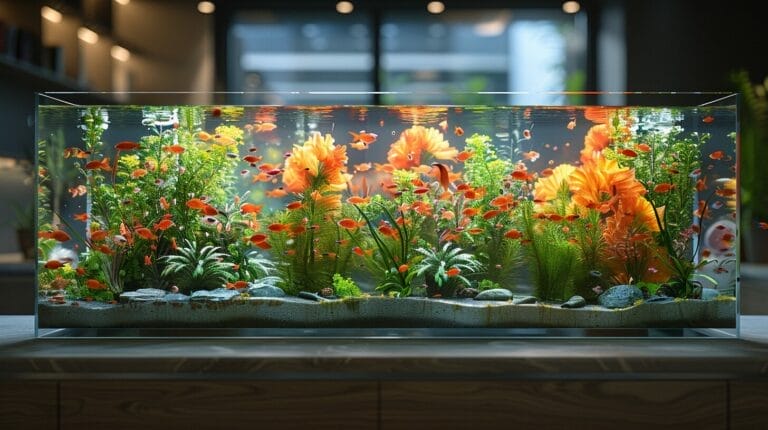Drip Acclimation Shrimp 101: Introducing Shrimp to Your Tank
New to introducing shrimp to your tank? Wondering about the drip acclimation process? Check out our Drip Acclimation Shrimp 101 guide for step-by-step instructions on safely acclimating shrimp to their new aquatic environment.
Key Takeaways
- Drip acclimation reduces stress and increases shrimp survival rates.
- Mimics natural habitat changes for smoother adaptation, considering the light and CO2 levels.
- Use Seachem Prime to maintain shrimp health post-acclimation.
- Monitor water parameters regularly for optimal shrimp well-being.
- Provide a diverse and balanced diet for shrimp nutritional needs.
Understanding the Importance of Drip Acclimation for Shrimp
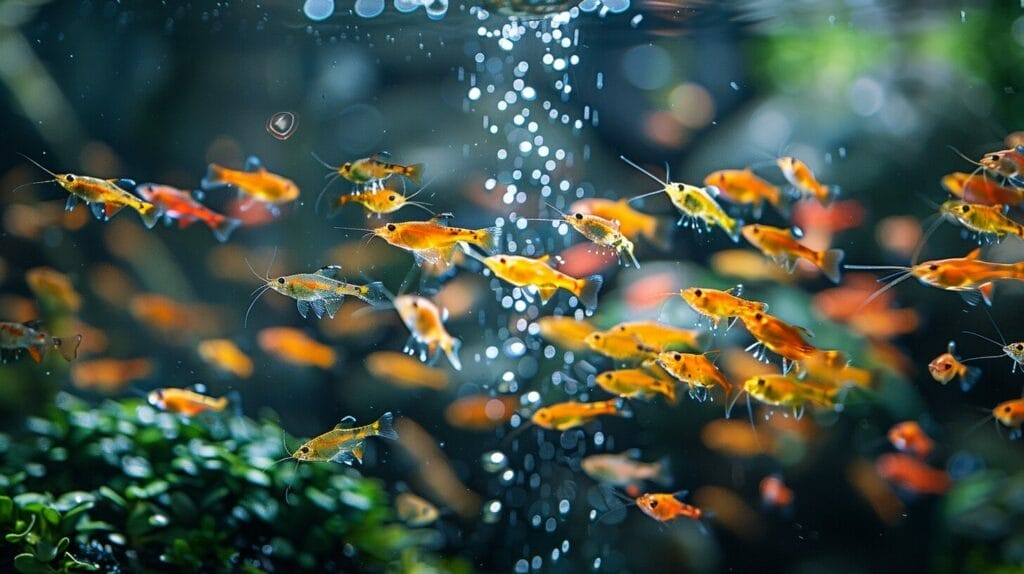
Shrimp are delicate, highly sensitive to sudden water parameter changes. Rapid shifts in ammonia levels, pH, and temperature can cause stress and even death. Drip acclimation allows shrimp to gradually adjust to new tank conditions, reducing shock and enhancing survival rates. This method mirrors gradual changes in their natural habitats, ensuring smoother adaptation.
Failure to acclimate can lead to unnecessary harm and potential loss of these delicate creatures. A little patience during drip acclimation ensures your shrimp’s happiness.
Preparing for the Drip Acclimation Process
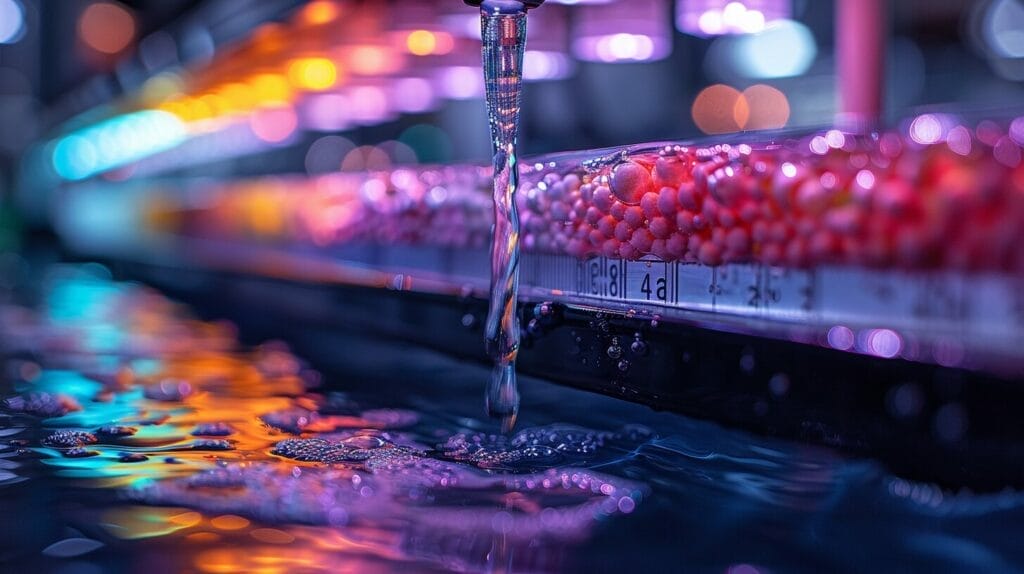
To prepare for drip acclimation, gather supplies like airline tubing, buckets, and a quarantine tank. Confirm that water parameters in the acclimation container and the quarantine tank match the shrimp’s current environment. This step prevents shocking the shrimp with sudden changes in water conditions.
Set up a drip system using airline tubing to allow a slow and gradual introduction of your tank water into the acclimation container. Secure the tubing to the tank and container to avoid disruptions during the process.
Step-By-Step Guide to Performing Drip Acclimation
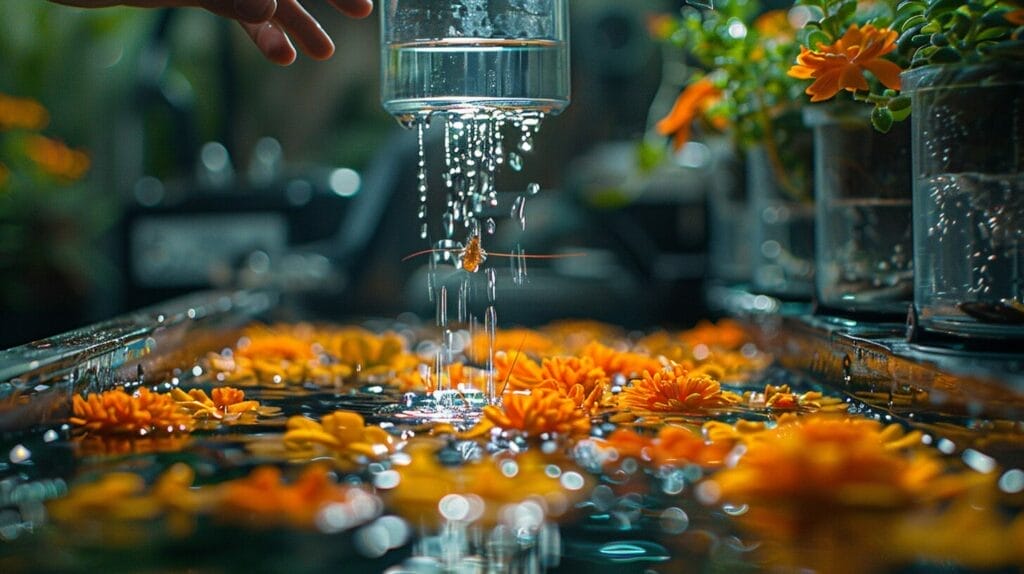
To ensure a smooth transition for your shrimp, follow these steps:
- Carefully open the bag containing your shrimp.
- Set up the drip method by securing the tubing from your tank to the shrimp bag, regulating the water flow to a slow drip.
- Monitor changes in water volume and temperature and watch for any signs of distress in the shrimp during acclimation.
As the water drips into the bag, it mixes gradually with the water the shrimp arrived in, helping them adapt to their new environment.
Dealing With Temperature Acclimation During the Drip Process

Maintaining a stable temperature is crucial during drip acclimation. Consider the following tips:
- Ideal Range: Keep the temperature within the ideal range for shrimp acclimation.
- Monitoring Tools: Use thermometers to track temperature changes and adjust as needed.
- Insulation: Insulate the acclimation container to help maintain a stable temperature.
How Do I Introduce Hatched Brine Shrimp to My Tank?
To introduce hatching brine shrimps for fish, acclimate them slowly. Start by floating the brine shrimp container in the tank to equalize temperature. Gradually mix small amounts of tank water into their container. After 15 minutes, use a fine net to transfer the shrimp into the tank, avoiding any transition shock.
Securing Shrimp Health Post-Acclimation: Use of Seachem Prime and Other Tips
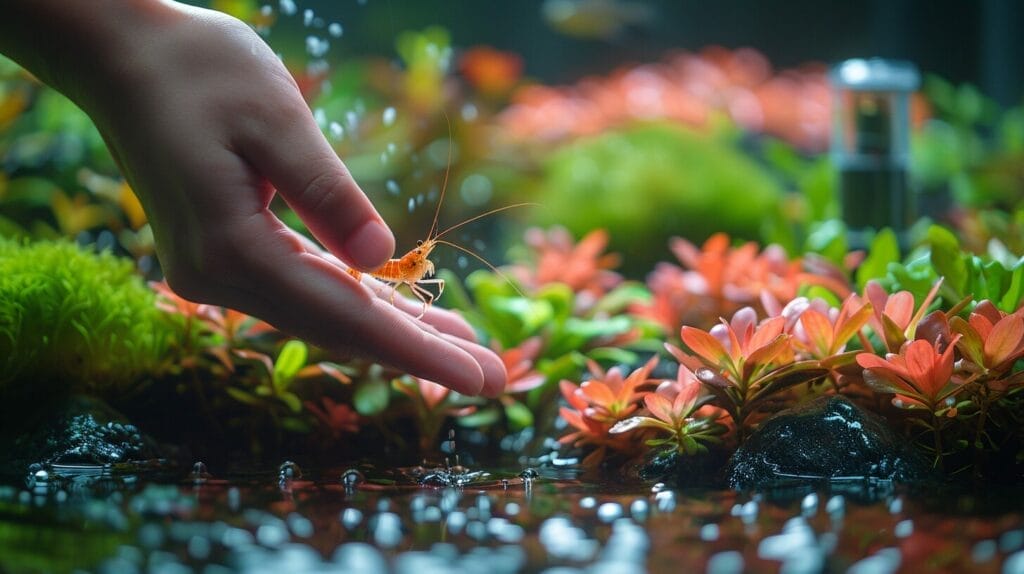
Securing shrimp health post-acclimation involves using Seachem Prime and implementing other essential care practices. Seachem Prime is a vital tool in maintaining peak shrimp health after the acclimation process.
For ongoing care, consider:
- Regular water parameter checks to detect any issues early on.
- Providing a diverse and balanced diet.
- Maintaining stable water conditions to reduce stress on the shrimp.
- Conducting routine tank maintenance to keep their environment clean.
- Monitoring their behavior closely to catch any signs of illness early.
Conclusion
In summary, drip acclimation is a vital step in introducing shrimp to your tank to guarantee their health and well-being. By following the correct procedure and taking the necessary precautions, you can help your shrimp adjust to their new environment and thrive.
Remember to be patient and attentive throughout the process, and don’t forget to use products like Seachem Prime to support their overall health.
Happy shrimp keeping!
Frequently Asked Questions
What is drip acclimation for introducing shrimp to an aquarium?
Drip acclimation is a method used to slowly introduce new water parameters to shrimp in order to prevent shock from sudden changes.
How do you use the drip method for acclimating shrimp?
To drip acclimate shrimp, place them in a container, open the bag with the shrimp, start a siphon, adjust the drip rate, and then transfer the shrimp into the aquarium.
Why is drip acclimation preferred over plop and drop method?
Drip acclimation is preferred over plop and drop method because it allows for a more gradual adjustment of water parameters, reducing stress on the shrimp.
What is the recommended drip rate for acclimating shrimp?
The recommended drip rate for acclimating shrimp is typically 1-2 drops per second, but it may vary depending on the shrimp species and the differences in water parameters.
How long does shrimp acclimation usually take using the drip method?
Shrimp acclimation using the drip method usually takes 1-2 hours, depending on the specific circumstances and the recommended acclimation process for the shrimp.

